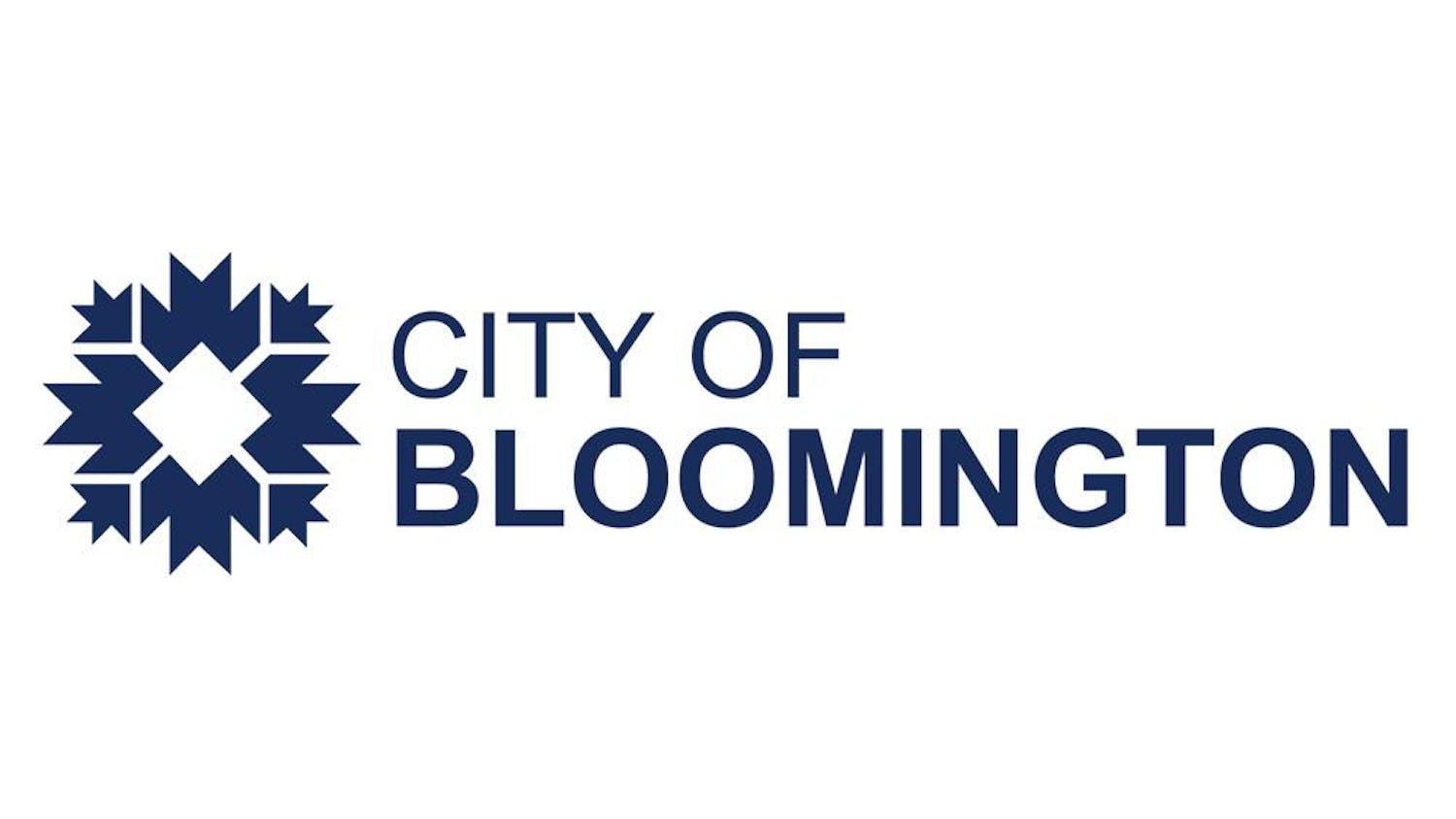As the students pack the library this week and the next they will cram for midterm tests. But those students stressing about their midterms don't have to worry if they simply talk to the Student Academic Center.\n"I usually start studying a week before the test or the last class before the test," said sophomore Amy Heustis.\nAlthough early preparation is the ideal, other circumstances can lead to last-minute studying.\nSophomore Joni Bloehs admits to occasionally cramming the night before her tests but finds it very stressful. \nTo help, the Student Academic Center held a workshop Monday night titled "Emergency Test Preparation: A Systematic Approach to Cramming."\nJosh Chanin, the presenter of the program and a graduate student, said lack of effort is the biggest problem for many college students when trying to prepare for tests.\n"It's a decision you've made," he said. "Procrastination leads to having to cram."\nAlthough Chanin does not suggest cramming as an acceptable alternative to being well prepared, he did give a three-step strategy plan for effective last-minute studying. \nStep one is to make an assessment of all the material that will be on the upcoming exam. Notes, readings and all important and relevant information should be easily accessible for reference. \n"Unless you have everything in front of you, you cannot go and successfully prepare for the tests," Chanin said. \nOnce all the materials have been assessed, appropriately budget the remaining time to cover all the information. \nThe second step to cramming is to know the main ideas that will be covered on the exam. \nChanin said cues can be taken from several sources such as the reading and the syllabus, which is a great resource because it has all of the teacher's self-selected main points. \n"If something is covered for a week, it is explicitly more important than something that is covered in one day," he said. \nDifferent classes will have different formats of tests; therefore, information outside the main points will differ for each class. \nThere are two main kinds of tests -- objective and subjective -- and each calls for different ways to prepare. \nAn objective test asks students to demonstrate their knowledge of facts, through such methods as multiple choice, true-false and short fill-in-the-blank questions. These tests are common in mathematics and science courses. \nCreating sample questions and doing the review sections at the end of a chapter is a good way to prepare for an objective test, Chanin said. The review sections usually incorporate the main points of the chapter.\nLinking the textbook's main points with the ideas the teacher mentioned in class, students find a good idea of what to expect on the test.\nThe second kind of exam is the subjective test, which tests ideas rather than just facts and is usually in an essay format. These tests are common in language and history classes. \nTo prepare for a subjective test, brainstorm the general ideas, identify the issues and then take a side. Most likely the exam will ask the test-taker to defend a side and compare it to other opinions. \n"When you identify issues, look for the pros and cons and the different sides," Chanin said. \nThe final step to cramming is memorizing and learning the information. \nTo get a strong basic knowledge of the material, it must be condensed into a reasonable amount. \nSome ways to memorize the information is to make note cards or create visual or audible associations. \nOther suggestions for healthy studying include getting enough rest the night before the exam, drinking a lot of water and taking study breaks.\n"For every 45 to 50 minutes of work, take a 10-to-15-minute break," Chanin said. "It keeps your mind sharper."\nMost importantly, do not panic and instead use the remaining time effectively.\n"Accept it, roll with it and do the best you can," he said. \n-- Contact Staff Writer Ashley Brown at ashbrown@indiana.edu.
Student Academic Center helps students learn to cram
Get stories like this in your inbox
Subscribe





